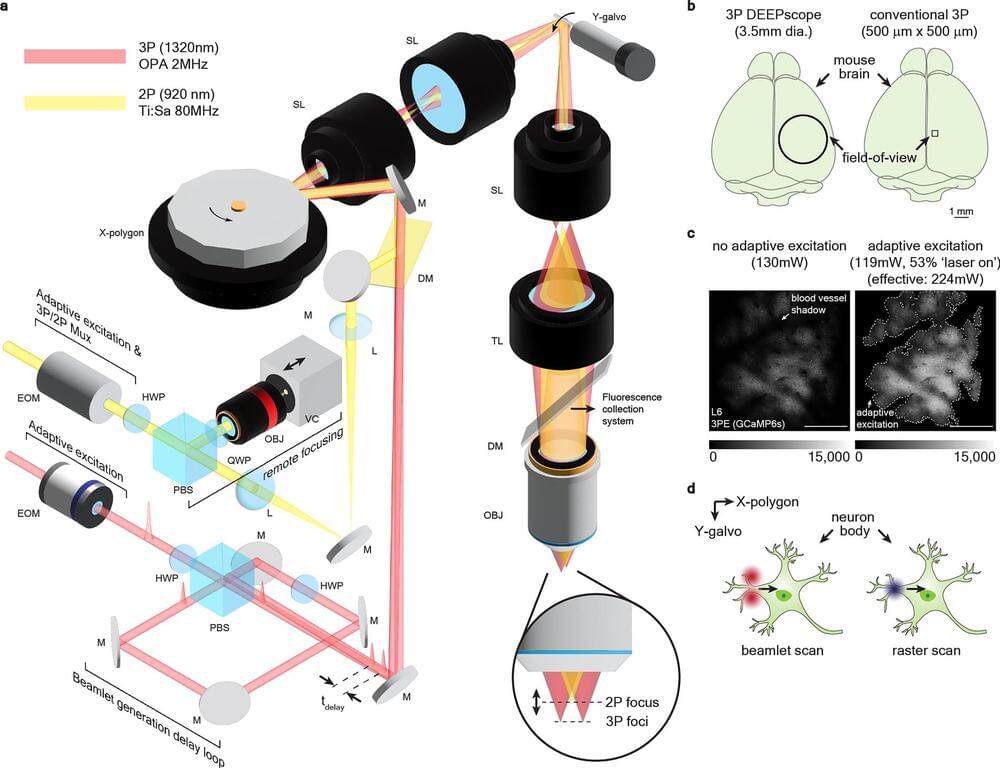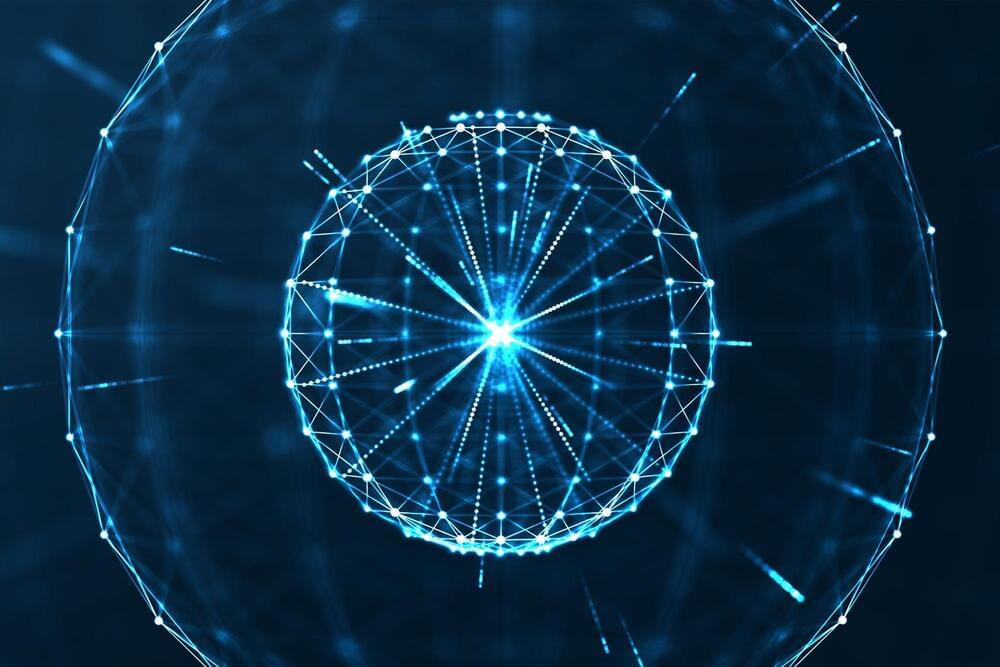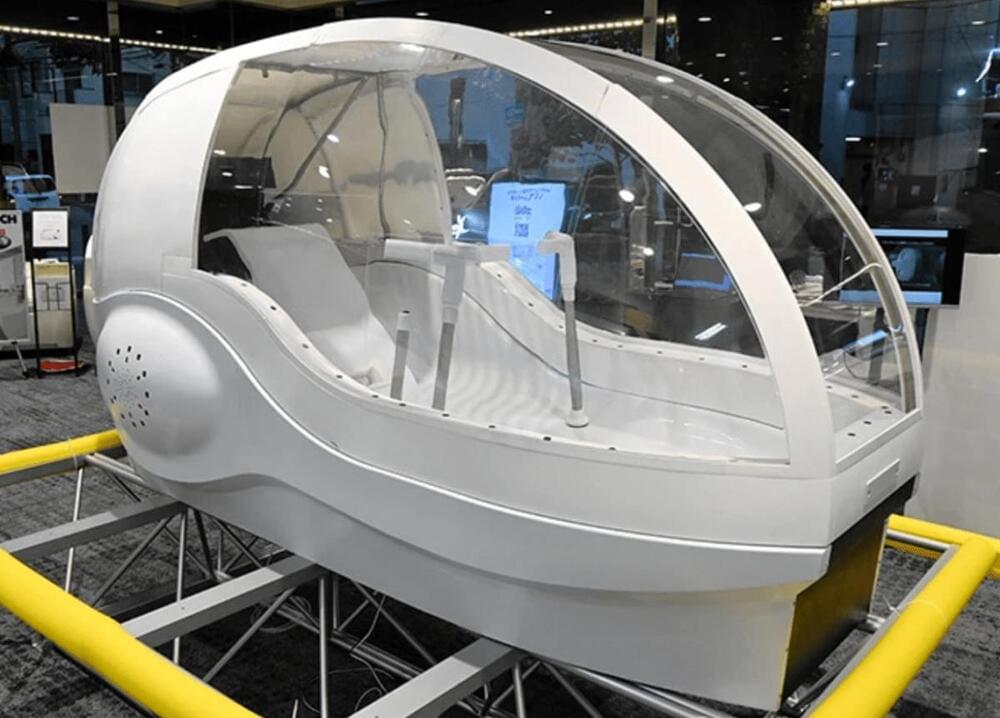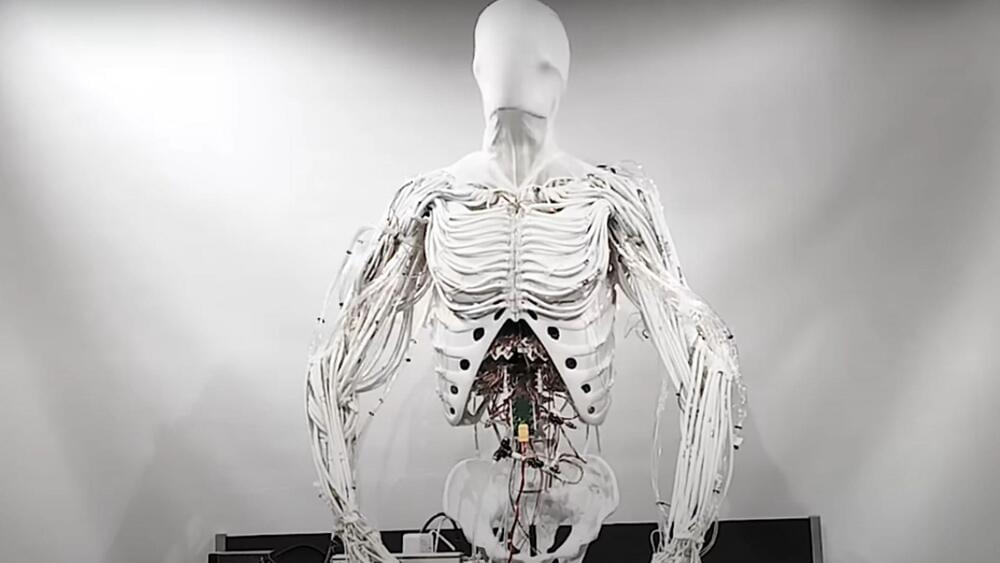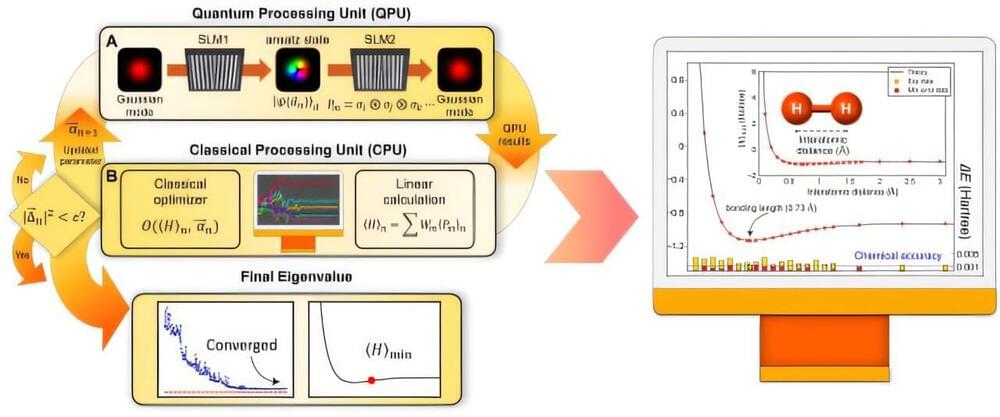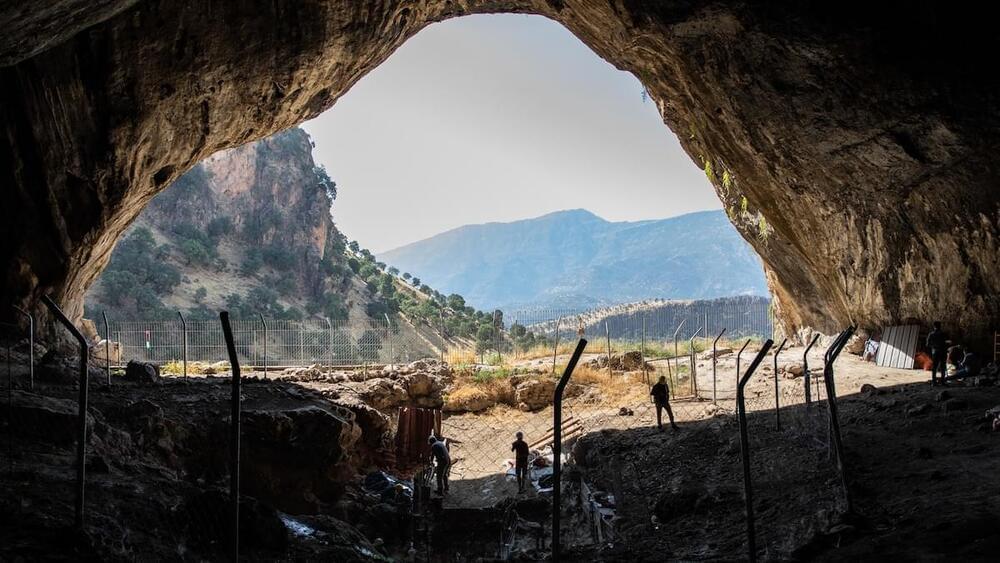Nov 22, 2024
From traditional to technological: Using laser Doppler vibrometry for fresco conservation
Posted by Saúl Morales Rodriguéz in category: innovation
Fresco painting, a technique that dates back to antiquity, involves applying dry pigments to wet plaster, creating stunning artwork that can last for centuries. Over time, however, these masterpieces often face degradation due to delamination, where decorative plaster layers separate from the underlying masonry or structural plaster. This deterioration can compromise the structural integrity of the artwork, necessitating restoration efforts.
Historically, conservators have gently knocked on the plaster with their knuckles or small mallets to assess the condition of the fresco. By listening to the emitted sound, they could identify the delaminated areas needing repair. While effective, this technique is limited both by the conservator’s experience and the small number of people in the world who possess these skills.
Recent research by Joseph Vignola at the Catholic University of America is revolutionizing fresco assessment. Vignola and his team have applied laser Doppler vibrometry to locate delamination in the frescos of Constantino Brumidi in the U.S. Capitol building. This innovative method uses a laser to measure the vibration of a surface, enabling the team to detect delaminated areas based on their unique vibrational characteristics.

